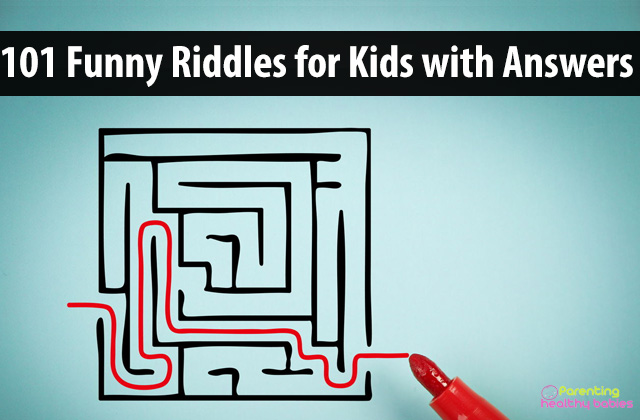The let-down reflex, also known as the milk-ejection reflex (MER), is an automatic, natural reaction from your body when your baby starts to breastfeed. When your child latches on to your nipple and starts to suck, it triggers nerves that send a message to your brain to release the hormones oxytocin and prolactin. Oxytocin brings about the “let down” or release of milk while prolactin is responsible for the production of milk in your mammary glands.
Milk let-down is basically when your breasts start releasing milk. The sings that you’re letting down milk are:
- You feel itchiness, pins and needles, tingling or a warm sensation in your breasts.
- You see breast milk leaking from the breast your baby is not breastfeeding on.
- Hear your baby feeding on the milk.
- You feel menstrual-like cramping in your uterus, especially in the early weeks following childbirth.
- Your baby is gaining healthy weight and having at least six to eight wet diapers a day, and appears happy and fulfilled after breastfeeding.
Breastfeeding is a sensitive topic and women are normally quite cautious around topics that might concern their post-natal health and their baby’s health. Do not get nervous if you don’t feel your milk letting down immediately. This doesn’t automatically mean there is something wrong. Some women don’t feel it at all, and the process is quite smooth. If your baby is getting enough milk and nutrition, then all is well and good. You don’t have to worry unless you find yourself running out of milk before your baby is full. In this case, your supply of breast milk is most likely low. You have to consult your pediatrician or a lactation specialist, in this case.
If you feel uterine cramps while breastfeeding, do not panic. Oxytocin causes muscle contractions that help shrink your uterus back after childbirth. It’s the reason you feel uterine cramping as your milk lets down. These uterine cramps are a good sign that breastfeeding is going well.
Let-Down Reflex in a Breastfeeding Mother
Possible issues
The let-down is not always perfect. It can be slow, painful, or hyperactive. Difficulties with the let-down reflex can lead to breastfeeding issues. These issues can also lead to a decrease in breast milk supply because if your child can only take a small amount of milk from your breasts at each feed, your production of breast milk will go down to accommodate the leftover milk from the previous feeding.
Strong breast milk let-down
When you have a strong or hyperactive let-down, it means that your body produces a lot more milk than your baby can consume or needs to consume. The excess milk gushes out with considerable force when breastfeeding. As a result, your baby may gag, choke, and cough while he’s breastfeeding. Your child may swallow a lot of air as he gulps down your breast milk and tries to keep up with the strong flow. Taking in all that air can lead to gassiness and fussiness. The baby may also gain weight very quickly. Oversupply can also cause recurring blocked ducts—which may lead to an infection known as mastitis—because the baby is not fully emptying the breasts.
Here are some steps you could take to control an overactive flow of milk:
- Try the laid-back nursing position. Lie back and place your baby on top of you so that the baby is sucking against gravity. This breastfeeding position may help slow the flow of breast milk and make it easier for your child to breastfeed without the possibility of gagging, coughing or spluttering.
- Burp your baby during and after each feeding to help bring up any air that he may swallow or to expel air out of his system so he can drink more milk.
- Remove some of your breast milk before you begin to breastfeed. After the first let-down passes and the milk flow slows down, you can put your baby to the breast.
- Try to feed your baby from only one side in each feeding.
- If your baby starts to choke or gag, you should take her off the breast, remove some more breast milk with a pump or through a hand expression technique, and then try feeding again.
- If these techniques aren’t enough, your lactation consultant might suggest “block feeding” to help decrease the amount of milk you make. For example, offering your baby the same breast for any feeding done within a three-hour period and then switching to the other breast and repeating the same. However, this must be done under the supervision of the lactation consultant and shouldn’t be practiced at home without medical guidance.
- As your baby grows older and his mouth gets bigger, he may learn how to adjust her latch to better manage the flow, so that your supply regulates on its own.
- Some mothers who produce too much milk (as confirmed by a lactation consultant) choose to express their surplus milk to donate to a milk bank. Research shows that breast milk can protect a specific group of infants—premature or very low-birth-weight babies—against life-threatening illnesses.
At the initial stages, your milk may let down within a few seconds, or it could take some times, maybe a few minutes. If it is taking a while for the milk to flow, don’t worry. As time passes, your body will automatically learn to identify the signs of feeding time, and you will notice your let-down coming right on time. Before you know it, you will be feeling the sensation of let-down from just the thought of feeding your baby or hearing her cry.
There are sometimes issues related to breastfeeding, but you should naturally be able to produce enough milk for your baby to consume, and to make him or her a healthy child. If you notice some unnatural patterns or changes that make you uncomfortable, it is advisable that you go see your doctor.
References
https://www.verywellfamily.com/the-let-down-reflex-431588













